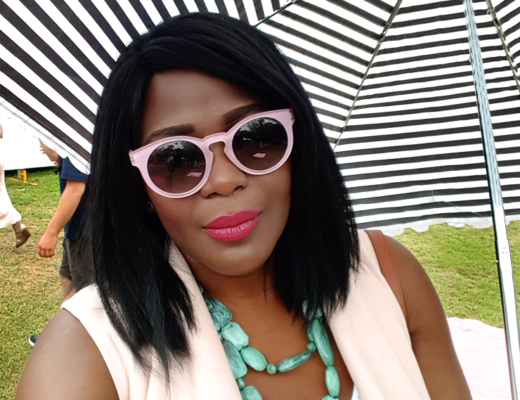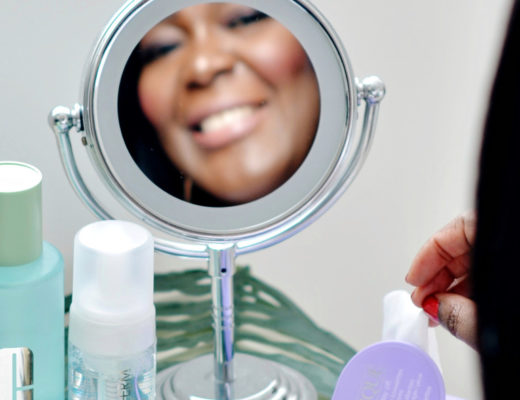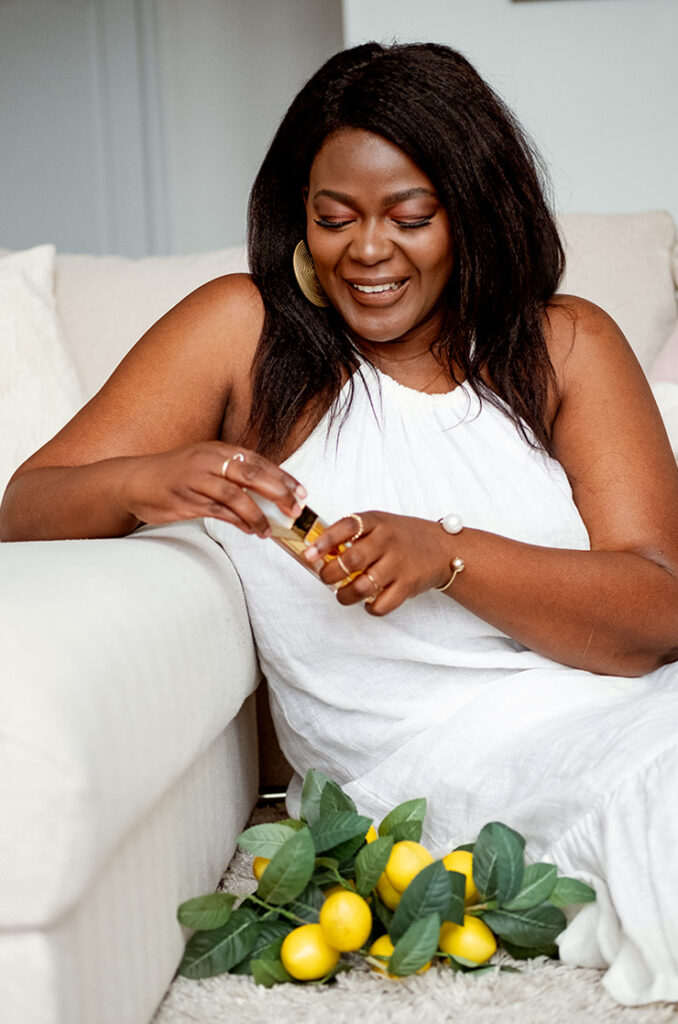
Happy Tuesday, loves! How is quarantine life treating you? Anyone else feels like 2020 is a wash at this point? Yeah, me too. I am still hoping that things will get back to normal soon. With that being said, a few days ago, I took a poll on my stories to find out if you guys would be interested in seeing our (me and the husband’s) perfume collection or learn about fragrances in general. Almost 90 percent of you said yes. So here I am with my first post.
Up until recently, I did not know much about fragrances. Like many others, I would walk in the store and pick up a perfume that I thought smelled good and call it a day. Never cared about longevity, ingredients, none of that. That changed when I met my husband. He loves fragrances and has a good collection that will probably last him a decade. I’ve learned so much from him that I want to share it with you all. This post will cover some of the basics you should know before venturing out to get your next fragrance. Hopefully, It will give you a glimpse into the wonderful world of scents.
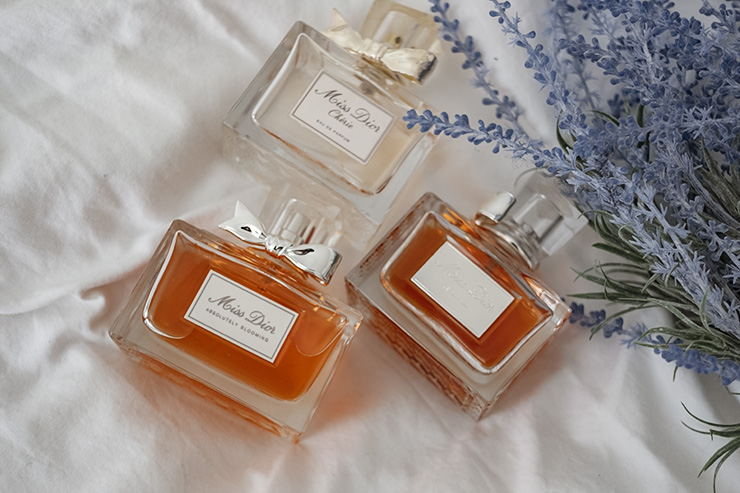
The Difference Between, Eau Toilette, Eau de Parfum, and Parfum
Ever looked at your perfume bottle and wonder what all these different Eaus meant? Here is the breakdown
Eau de toilette (EDT) is very refreshing and usually lasts the least amount of time.
Eau de Parfum (EDP) will have more perfume concentration than the Eau de toilette. This translates into usually into a slightly less refreshing but more long-lasting.
The Parfum concentration feels the least fresh and likely to be the longest lasting. Most of the juices available out there are EDT and EDP concentrations.
A key takeaway here is that in general, the higher in concentration you go, the least you’re going to feel that initial blast that’s usually freshness and alcohol tickling your nose.
Perfume Categories
Let’s look at the second basic building block: Fragrance notes. Smells are olfactive renditions of scents found all around us: plants, musks, woods, etc. There are four main agreed-upon categories that most fragrances will fit in: Oriental, Woody, Fresh, and Floral. In that order, you’ll find that each group has 3 to 4 subcategories, one of which will link with the next category. Together they form what’s called the fragrance wheel. There are multiple renditions of the fragrance wheel available online. There’s one more category that usually sits at the center of the wheel, that’s the Fougere style.
There are countless grey areas here of course where perfumers will take liberties in order to create stunning compositions. Here are the classifications of some of the better-known scents out there:
Chanel #5 – Floral
YSL – La Nuit De L’homme – Oriental
Dior Homme (pre 2020 version) – Woody Floral
Davidoff Cool water – Fresh
The important point to note here is that knowing a little more about the categories will supercharge your perfume discovery process and allow you to quickly eliminate the no-gos and focus on the styles you like.
Perfumes For Different Occasions
Armed with concentrations and categories, we can now take a look at what we should wear and where. With all these options, you bet certain perfumes work for some occasions better than others.
Keeping in mind that master perfumers are artists and generally create a perfume with a specific vision. While we don’t always have to abide by that vision, it helps set the context. If it’s a well-known fragrance from a known designer brand, you’ve likely seen ad campaigns that portray a male or female protagonist in a setting fit for a purpose. A couple of examples are Johnny Depp in the Dior Sauvage campaigns or Tom Ford in the Grey Vetiver ad – One’s a total savage that acts and dresses like it, the other is a sharp tailored inoffensive suit that would be fit for the office.
In short, pick something that works for the setting, the intense fragrance that you use to go clubbing won’t necessarily be welcomed in a small closed office space environment. The next time you want to make a purchase think about where you would be wearing it to ( workplace, date night, clubbing, chillin’, at home, fresh out of the shower and straight to bed, etc)
Of course, there are occasions where it may be worthwhile to skip fragrances altogether because they trigger emotions – if you’re going for an interview, think twice about spraying and think three times about which scent to put on!
Body Chemistry
Let’s briefly talk about body chemistry and the purchase process.
You’ve likely seen those fragrance sampling paper strips when browsing scents at your favorite store. Our bodies are not made of paper, so whatever you smell on the paper is likely going to be very different from what the fragrance will smell like on your body. This is an important consideration given the rise of online shopping. We now have options to purchase scents online without testing them; this has lead to many people blind buying perfumes after reading reviews online. It can get costly, and you may end up with fragrances you don’t like or worst, you may expend your collection to the point of just having too many.
While the larger bottles are cheaper per ML, you likely want to get full bottles only for the ones you really love. The smaller bottle may be enough for the ones you like but don’t necessarily love!
Perhaps the essential part of the purchasing process, though, is to understand that higher price is not necessarily a seal of quality. This is especially true today, a high number of fragrances being released nowadays are clones of other popular fragrances, a topic too broad for today’s post but maybe one I can cover in the future.
Designer vs Niche
On to our last point, the world of fragrances has two facets – the designer side and the niche side. “Designer” refers to brands like Chanel or Dior that produce other goods like clothing. “Niche” usually relates to non-mass produced (compared to the typical designer brand) perfumes from a brand that is typically intended to be higher quality, houses that are considered “Niche” usually only produce perfumes.
There is an exception to this rule where certain designer brands will have a “Private Collection” that is intended to have niche quality. It’s is a grey area, some consider them Niche, some don’t. As mentioned earlier, your nose is the deciding factor regardless of how perfumes are labeled.
Most designer brands are found in perfume stores and retail stores like Walmart. Niche brands are found in custom stores or online through the brand’s store; there are also discount stores online where you may be able to find some of the niche brands for a little cheaper. ( Frangrancex.com, frangrancenet.com Fragrancebuy.ca)
Some examples of niche brands are Creed, Frederic Malle, Maison Francis Kurkdjan, Nishane, Andy Tauer perfumes. Example of Designer brands with private collections are: Tom Ford Private collection, Dior Maison Christian Dior, Chanel Les Exclusifs, etc. There are hundreds of them out there, from master perfumers building their brands to influencers using services of perfumers to create their fragrances.
Favorite Male And Women Perfumes
I’ll leave you with a few of my favorite male and female scents
- Female –
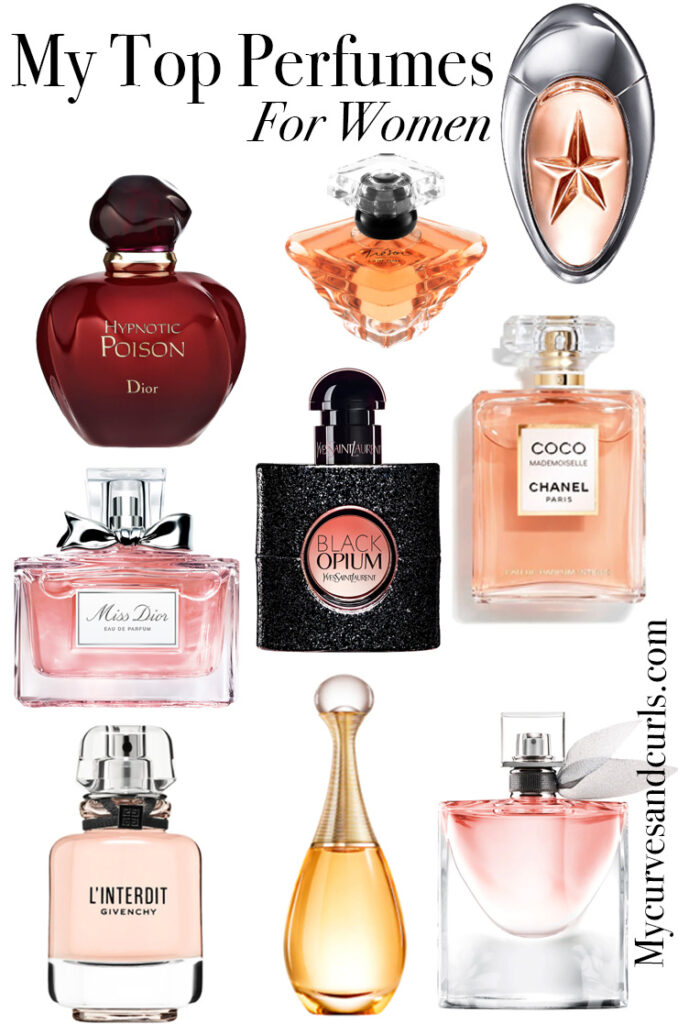
Lancome – “La vie est belle” line, Tresor
Chanel #5, Coco Mademoiselle, Chance line
Maison Francis Kurkdjan – Grand Soir (Unisex), Baccarat Rouge 540 (Unisex)

Male
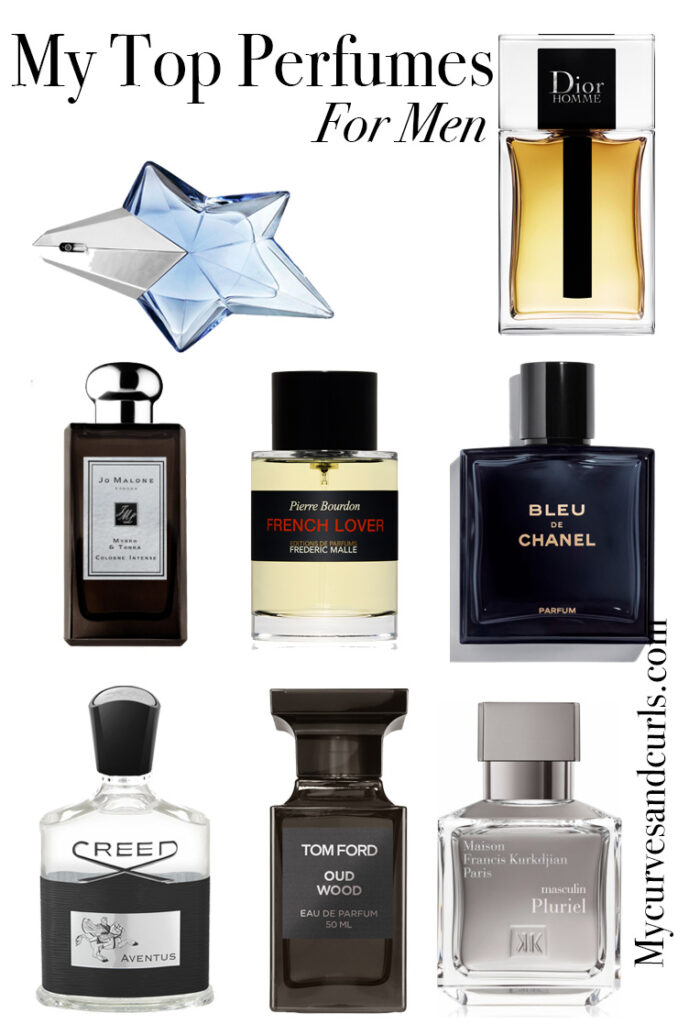

Chanel – Bleu Parfum
Caron – Pour un Homme (some consider this old school, I love it)
Tom Ford – Ombre Leather, Beau de Jour, Oud Wood, Tobacco Vanille
Frederic Malle – French Lover (or Bois D’orage)
Maison Francis Kurkdjan – Masculin Pluriel, Gentle Fluidity Silver
What are some of your favorite scents? Fruity, floral, fresh, spicy, citrus, oriental, woody?


